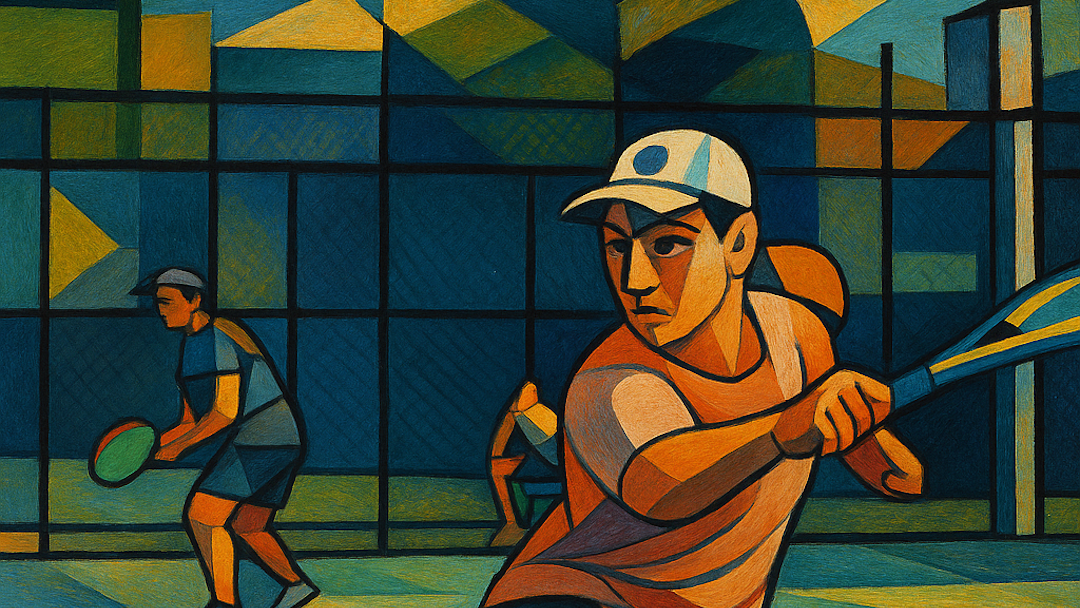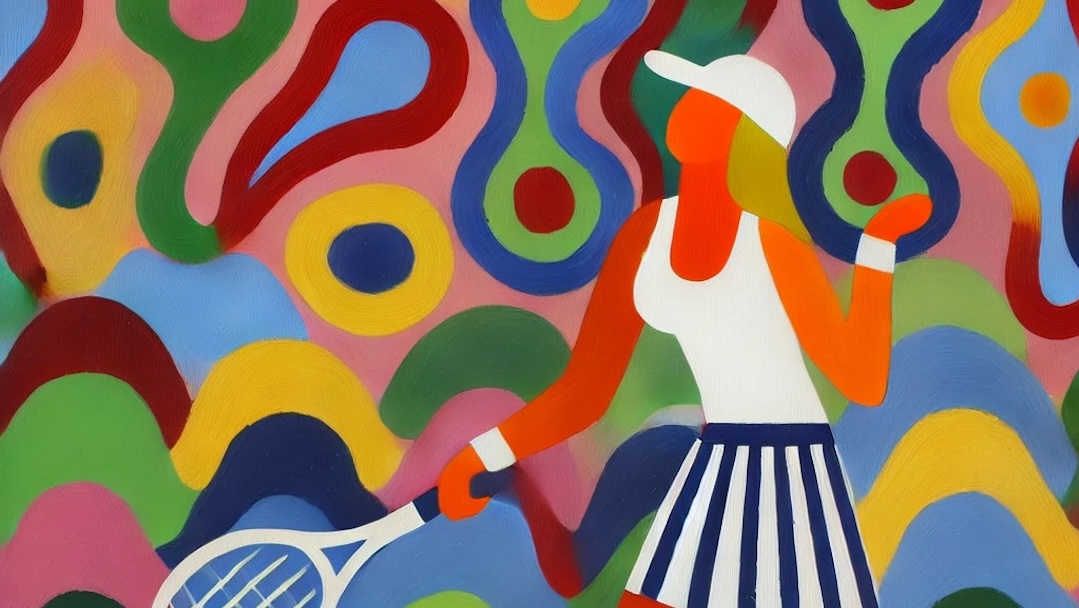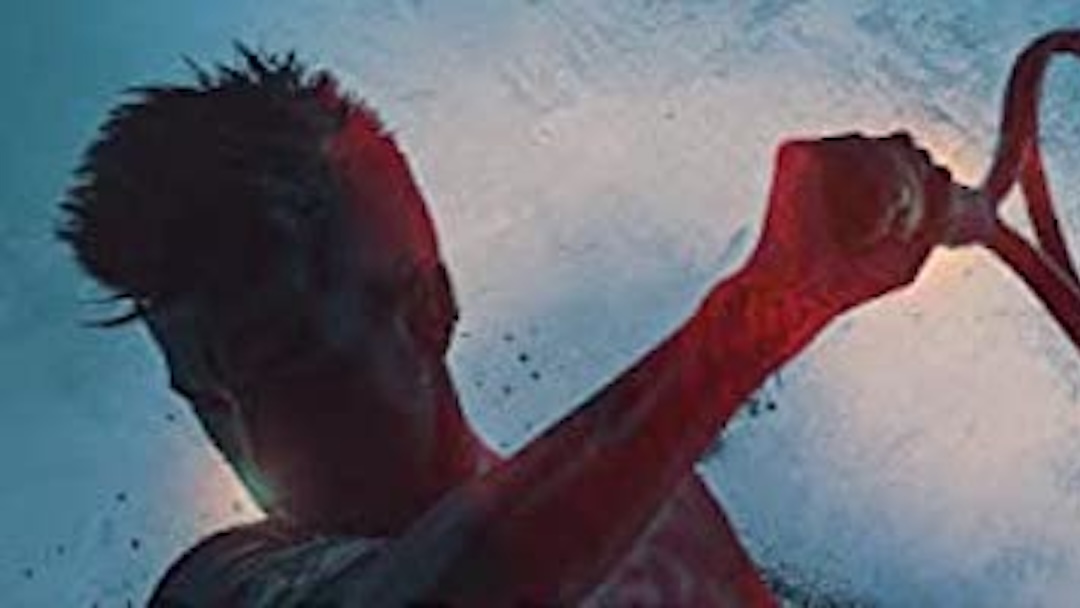Tennis Hits the Books
Books about tennis do not sell very well. It is kind of a surprising fact when you think about it. Tennis is generally thought of as a smart person sport. Smart people read books. Yet somehow tennis players, who are incredibly passionate about playing the sport, don’t read books about it.
I have a continuously expanding collection of tennis books. They all spark joy. It is inevitable that if I write daily about tennis, some of that time will eventually be devoted to the topic of tennis books. In the self-justification department, it makes my next purchase in this area that much easier.
If you ask a tennis player what the best book about tennis is, the answer is almost invariably one of three titles. While sales data of tennis books is fragmented and elusive, three books clearly dominate the tennis niche market.
Best selling does not always equate to best, but in this case there is a general convergence. I want to assume that the target readership of this site is already familiar with all three titles. At the same time, I realized that there is value to dispensing with the “obvious three” before moving on to more obscure titles. The three are needed to set the literary tennis table, if you will.
String Theory by David Foster Wallace is a near perfect metaphor for the concept of tennis books in general. Almost all players have heard of it, and there is universal agreement that it is very good. At the same time, it is pretty rare to actually come across someone who has read it. Despite owning a copy for years, it wasn’t until the COVID-19 downtime when I finally got around to reading it myself.
String Theory is one of those books that is hard to categorize. Or maybe it is better to say that the book fits into its own unique category. The book is a collection of essays that were written for various magazines over the years. They are poignant and beautifully written. It make the reader feel worldly and intellectual just by turning the pages. The best way I can characterize it is as a coffee table book, except the images are drawn with words rather than pictures.
String Theory provides a compelling snapshot junior tennis and how insipid tennis biographies can be. It also explains the machinations of qualifier tournaments better than any other description I have ever read. David Foster Wallace also paints beautiful portraits of the US Open and Wimbledon.
All tennis players should read String Theory at some point in time. It would also make an excellent gift for someone who has really never experienced tennis at all and needs a basic introduction to the sport.
I have intentionally withheld the names of the other two books in the dominate triumvirate. I am leaving speculation on the other two as a little bit of a mystery for now.
As a post script, the only thing I took exception to in the book was the author’s stated assumption that I would not know who Steve Bryan is. The banner picture included in this post is of 1987 US Boys National Inter-sectional Champions. Steve Bryan is on the far left of the front row, right next to coach Nony Michulka. Nony is in my story of when I decided that I was quitting tennis forever.
Steve Bryan went on to win the NCAA singles championship. So did Alex O’Brien who is on the second row third from the left. Let’s just say that Texas had a really strong team that year. My brother, Steve Barley, is on the far right of the second row. I was standing to the left of the photographer as this picture was snapped.




